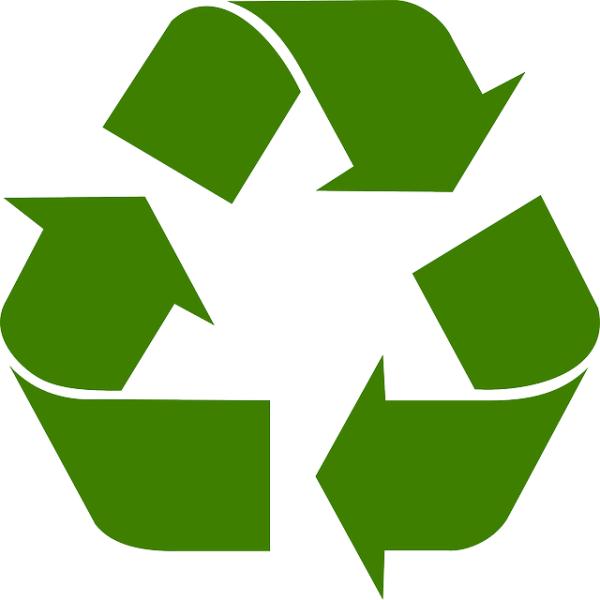Most of us know or should know that lithium-ion batteries that power so many of our devices are highly flammable – our current lead-acid car batteries are less volatile. Upwards to 80-90% of our conventional car batteries are recycled. The lead is melted, purified, and recast for car batteries, the acid component dried out with the water recycled through a waste center, the remaining powder repurposed.
 The lithium batteries in, say, a Telsa weighs close to a half-ton, so it isn’t “dropped off” at the neighborhood recycling center. According to the article, 40% of recycling costs are transportation. The batteries are broken down – demo is always the easy part. The hard part is reclaiming all of those valuable materials.
The lithium batteries in, say, a Telsa weighs close to a half-ton, so it isn’t “dropped off” at the neighborhood recycling center. According to the article, 40% of recycling costs are transportation. The batteries are broken down – demo is always the easy part. The hard part is reclaiming all of those valuable materials.
“Currently, the only battery material that can be recycled profitably is cobalt, because it’s just that rare and expensive. For the same reason, many battery makers hope to eliminate it from their chemistries soon, threatening to make the value proposition for recyclers even harder.”
A quick word on that cobalt, 50% comes from the Democratic Republic of the Congo, “and is tied to armed conflict, illegal mining, human rights abuses, and harmful environmental practices.”
Lithium comes from underwater brine and can be harvested in shallow pools like salt or mined from rocks. The source of most lithium is South America and Australia – China is the world’s largest processor and recycler of lithium which may become a national security concern over time.
It takes the lithium of 10,000 cellphone batteries to prove the 140 pounds of lithium needed in a Tesla. The supply chain begins where the lithium is mined in Australia, converted in China to lithium hydroxide, and shipped to the US to be manufactured in a battery.
The current recycling method is to melt down the battery and remove the components as they collect, in a means similar to fossil fuel fractionation where they are heated so that the separate volatile components can be isolated and removed. Think of it as a form of distillation, like a good vodka, only involving molten metals.
Presently less than 5% of lithium batteries are recycled; the rest go to landfills or roadsides. With the anticipated rise in electric cars, the recycling of their batteries at the end of life will become an increasing problem of scale. It is no surprise that California’s EPA, the agency responsible for all those Proposition 65 warnings, has already empaneled an advisory committee. It should also be no surprise that given the cost of recycling is greater than the materials recovered that the automotive companies feel, in a perverse game of musical chairs, whoever has the battery last should be responsible for its disposal – that would be the owner of the car.
Source: Cars Are Going Electric. What Happens to the Used Batteries? Wired




